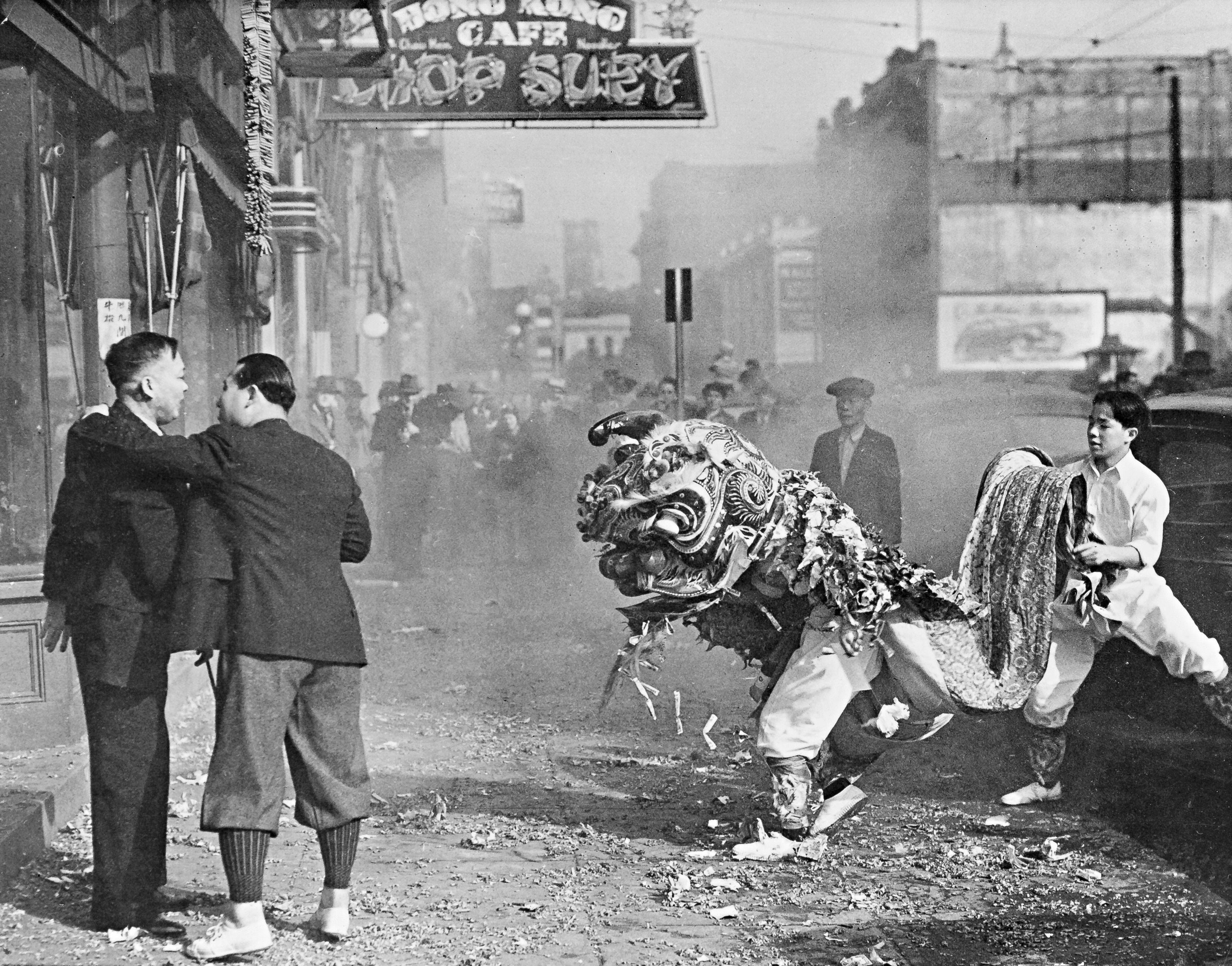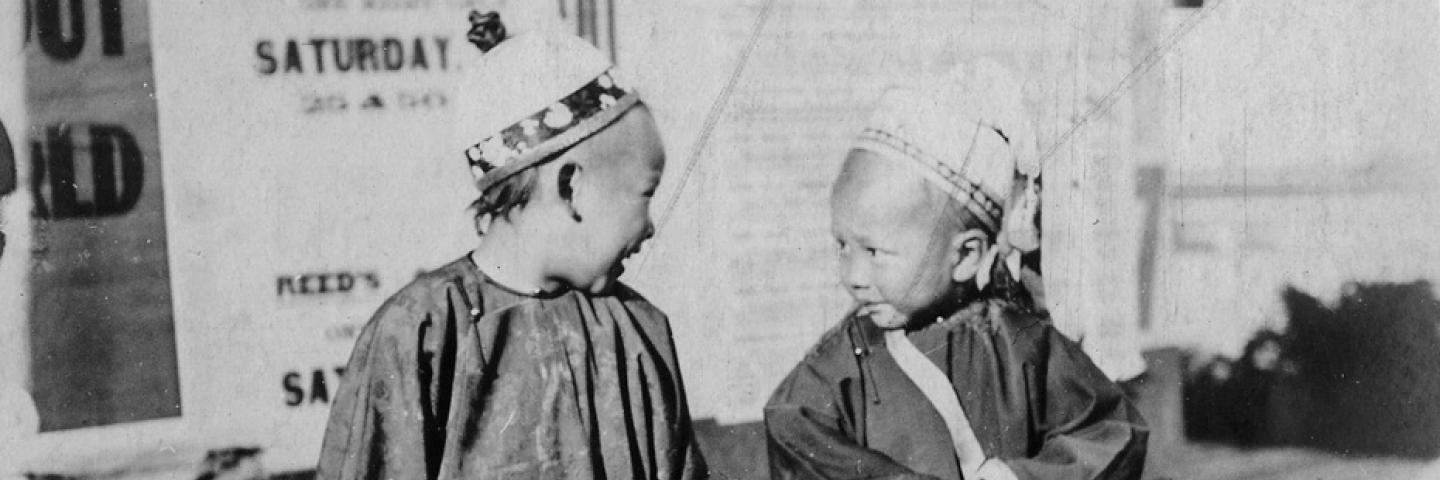Chinese immigrants helped shape Oregon’s history. Come discover the stories and resilience of early Chinese Americans.
On view February 21, 2025 through March 2026.
Among the earliest non-Indigenous communities to settle in Oregon, Chinese immigrants made significant contributions to the state’s economy and culture, yet their stories have often gone unrecognized. Using archaeological discoveries around the state alongside personal histories, the exhibit sheds light on the experiences of Chinese people, the intense discrimination they faced, and their perseverance in shaping Oregon’s diverse industries, businesses, and communities.
“The history of Chinese immigrants in Oregon reflects the broader American immigrant experience—marked by struggle, resilience, and lasting contributions despite the institutionalized racism they faced,” said Todd Braje, executive director of the museum. “At the museum we are honored to share their stories, to learn from their histories, and to contribute to a more welcoming place for all people.”
The exhibit traces Chinese American communities across the state, showcasing artifacts recovered from archaeological digs at sites such as the Ah Heng mining site in the Malheur National Forest and a historic shop and restaurant in Eugene. Objects on display highlight the craftsmanship and expertise of Chinese workers who played vital roles in Oregon‘s railroad, mining, and canning industries.
Click here for the online exhibit.

The lion dance is believed to bring good luck. A long-time tradition of Lunar New Year, it is performed here for a crowd outside Portland’s Hong Kong Restaurant in 1939.
Educators: Bring your student group, grades 6-12, for an educational program at the museum focused on the Roots and Resilience exhibit. Book you program here.
Explore additional educational resources related to the Roots and Resilience exhibit here.
